Text and Photos by Henrylito D. Tacio
When the Pangi River in Davao City swelled to new heights in June 2011, 29 people lost their lives, and 50,000 residents had to flee their homes. In an editorial, the local daily Sun Star Davao commented: ‘‘The rapid urban development has caused encroachment into the city drainage, preventing the water from seeping into the soil with all the construction in the heart of downtown Davao.”
But those are only part of the problem. Former Press Secretary Jesus G. Dureza believes that the constant flooding happening in Davao City is due to sea-level rise. “My calculation is that (the sea level) has risen by one foot over a period of 20 years,” he wrote in his column, Advocacy Mindanao. “Hence, rain waters and floods no longer easily flow or empty out into the sea. They are clogged in the waterways and spill out into the riverbanks.”
The rise of sea levels is just one of the most certain outcomes of climate change. “Sea level rise occurs as a result of thermal expansion in the oceans and from melting glaciers, ice caps, and the Antarctic and Greenland ice sheets,” explained Tufts University.
The accelerating rise of sea levels will affect a larger percentage of the Philippine coastline compared with that of other developing countries of Asia and the Pacific region, according to a World Bank report.
“The Philippines is expected to experience more frequent and severe flooding as a result of sea level rise and more frequent cyclones,” the Tufts University observed. Each year, about 20 tropical cyclones enter our area of responsibility.
Sea level rise has several costs for the country. “In the Philippines, the impacts of storm surges, associated with sea level rise and more intense storms, are particularly significant in terms of the percentage of affected coastal land area, population, and gross domestic product,” said the World Bank report.
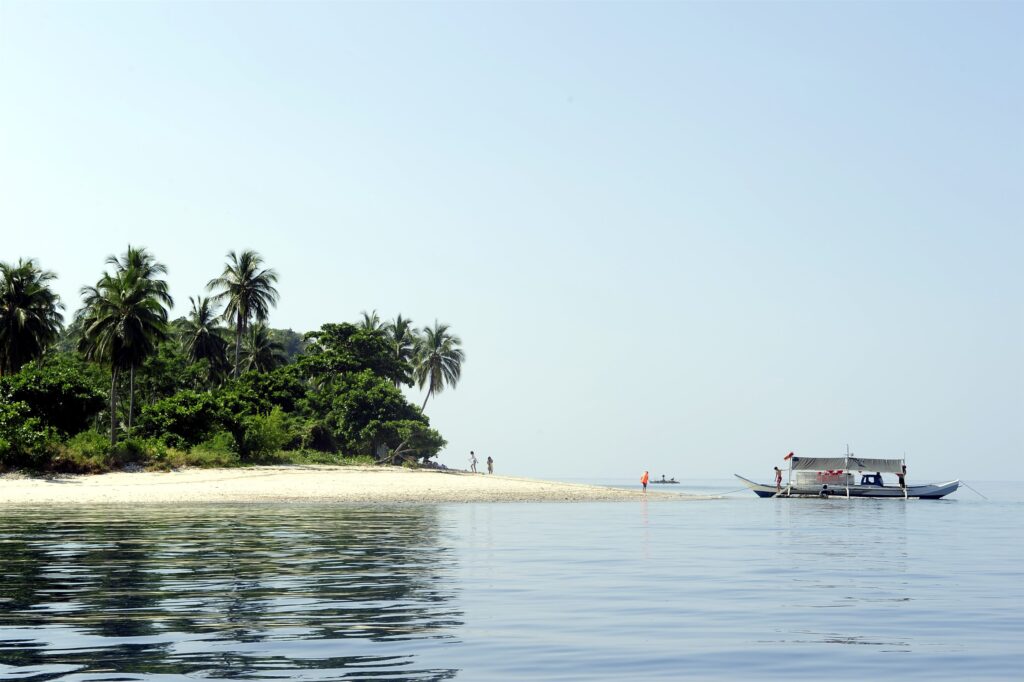
This one is taken at Pujada Island in Mati City. Should sea level rise continues, will this island vanish from the face of the earth? 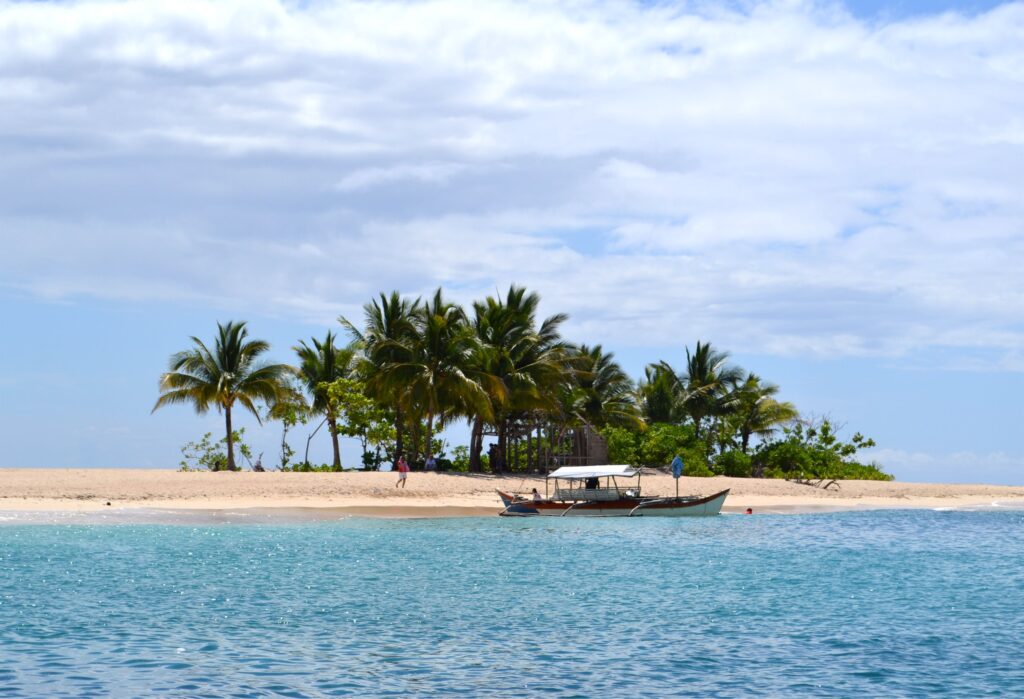
Will this beautiful island in Surigao del Sur be gone, too?
Many people think global warming and climate change are synonyms, but scientists prefer to use climate change when describing the complex shifts now affecting our planet’s weather and climate systems.
The Philippines, whose coastline stretches 18,000 kilometers, is very vulnerable to sea-level rise. The country ranks fourth in the Global Climate Risk Index. Fifteen of the 16 regions of the Philippines are vulnerable to sea-level rise.
Davao City is most likely to be affected by sea-level rise. In a conference on strengthening river basin organizations in Davao City in 2015, World Wide Fund for Nature (WWF) executive director Lorenzo Tan said: “If you see rising sea levels, Mindanao is at ground zero.”
Tan cited Davao City as a case in point. “Let’s look at Davao City and when we look at Davao City, we look at the Davao River, and at other rivers surrounding it,” he told Philippine Daily Inquirer. “Has Davao City looked at the areas around it to make itself ready?”
Tan knew what he was talking about. Davao City was among the 12 key cities in the country that was included in the Business Risk Assessment and the Management of Climate Change Impacts study done by WWF along with the Bank of the Philippine Islands (BPI) Foundation Inc.
Tan noted that Davao runs a close second to Cebu in terms of tonnage shipped through its ports. “Located along the relatively shallow channel between the city and Samal Island, these port facilities are a nerve center for Davao City’s economy, and serve a variety of ships handling both cargo and passengers,” the risk assessment noted.
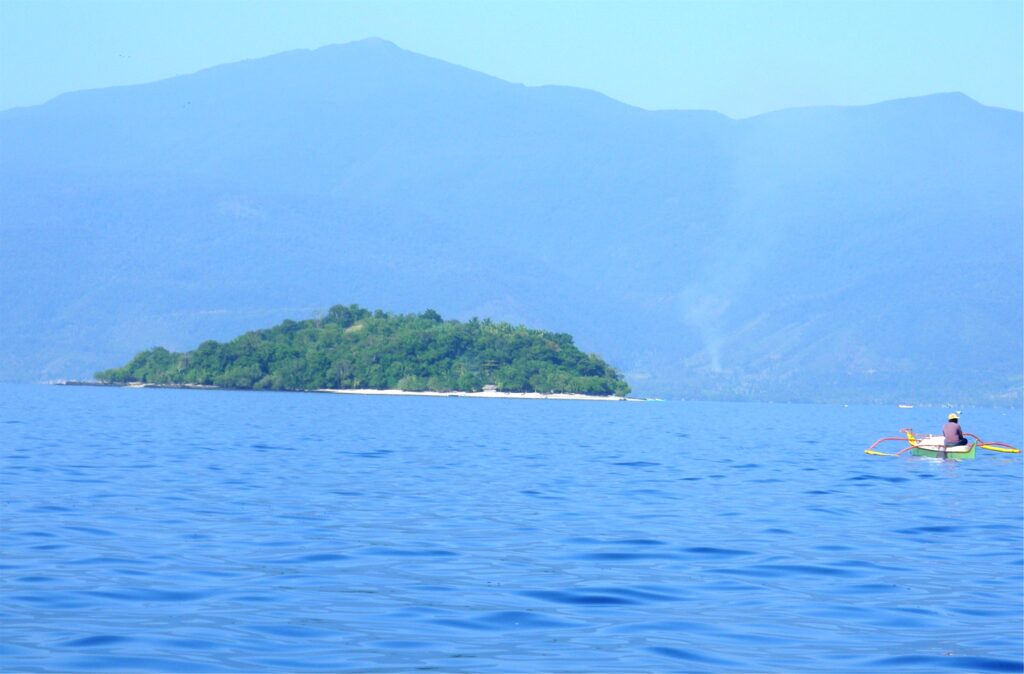
As sea level continues to rise, the livelihood opportunities of small fishermen are at stake. 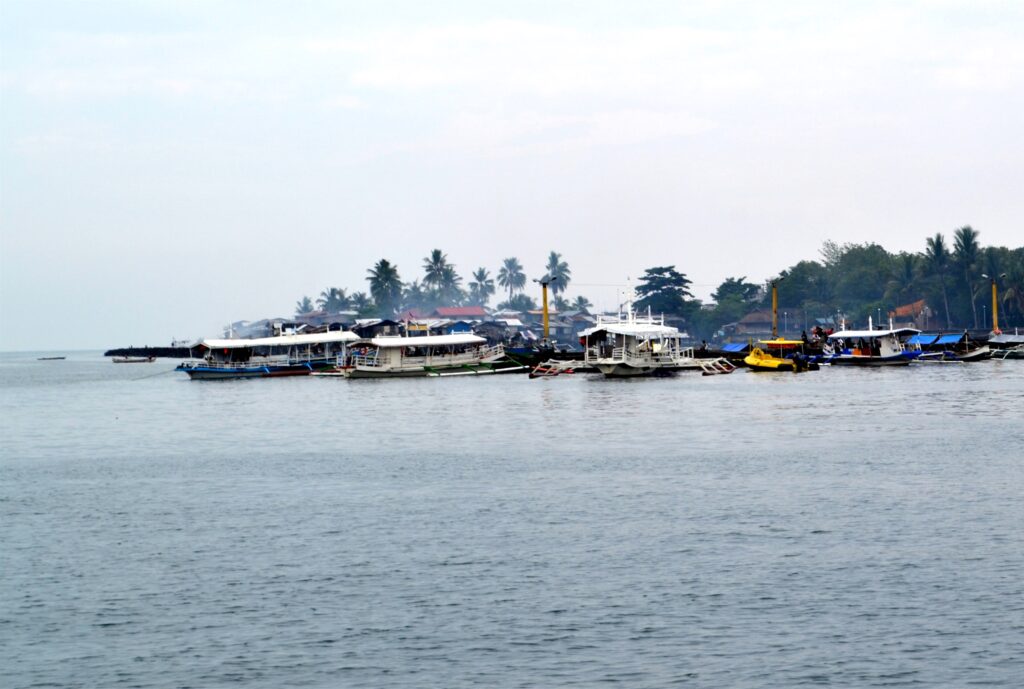
More lands will be under water as sea level rise continues.
But sea-level rise may create some havoc in the near future. “Davao should take a close look at the city’s shipping fleet and port facilities and take the necessary steps to ensure that they are upgraded to deal with the impacts of climate change,” Tan suggested.
During the 21st Meeting of the United Nations Open-ended Informal Consultative Process on Oceans and the Law of the Sea last June, the Philippines highlighted the urgent need to address sea-level rise.
Dr. Fernando Siringan of the University of the Philippines-Marine Science Institute said that sea-level rise in the country is three to four times faster than the global average rate. “Sea level rise is one of the consequences of global warming that is a present danger for the Philippines.”
In his presentation, Department of Foreign Affairs’ John Francis – who is the director of the Maritime and Ocean Affairs Office – noted the country has already felt the effects of sea-level rise. “Our future survival is at risk if sea level rise is allowed to go on unabated,” he pointed out.
An in-depth study conducted by the University of the Philippines showed that more than 167,000 hectares of coastland – about 0.6% of the country’s total land area of 30 million hectares – are projected to go underwater, especially those in low-lying communities.
One geographic feature that makes the Philippines vulnerable to rising sea levels is that most of the islands are flat, and the bays reach far inland. It’s no wonder why Metro Manila, Legazpi, Cagayan de Oro, and Davao are susceptible to the effects of sea-level rise.
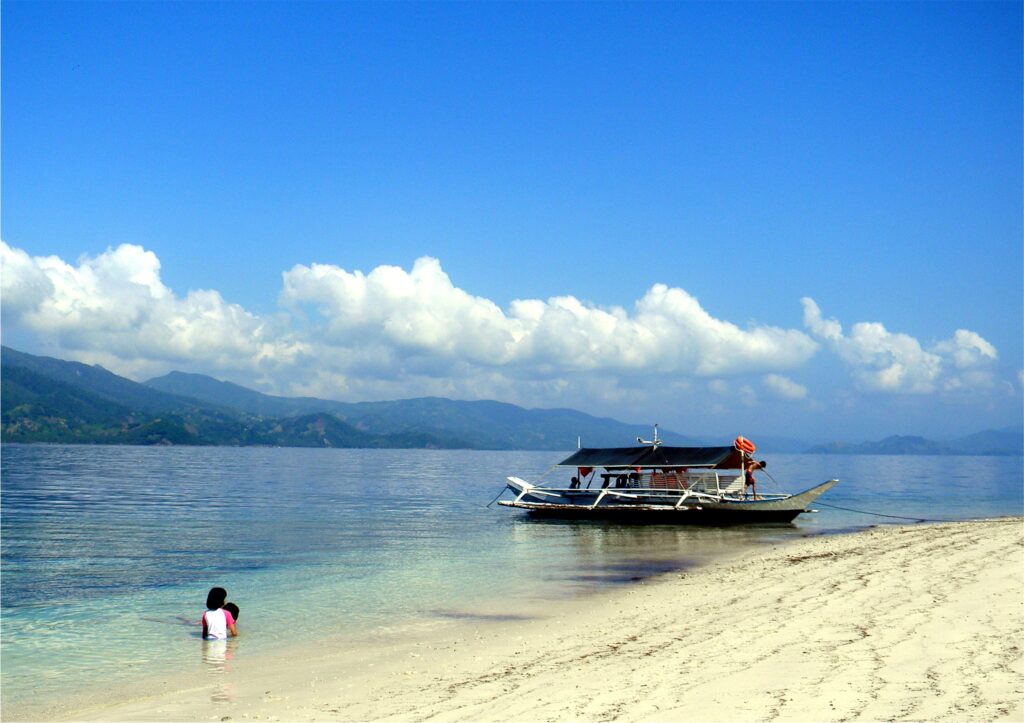
Powdery white sand beach like this will soon be gone.
Human activities that emit additional greenhouse gases to the atmosphere increase the amount of heat that gets absorbed before escaping to space, thus enhancing the greenhouse effect and amplifying the warming of the earth.
Although the Earth’s climate has changed many times throughout its history, the rapid warming seen today cannot be explained by natural processes alone.
“Climate change is very simple,” noted Dr. Robert Watson of the Intergovernmental Panel on Climate Change. “We are increasing emissions of greenhouse gases and thus their concentrations in the atmosphere are going up. As these concentrations increase, the temperature of the earth rises.”
These greenhouse gases, as they are called, trap heat from the sun, making the earth warmer. Manifestations of a warmer world include rising mean temperatures, sea-level rise, and an increase in the frequency and intensity of extreme weather events like droughts and greater rainfall.

